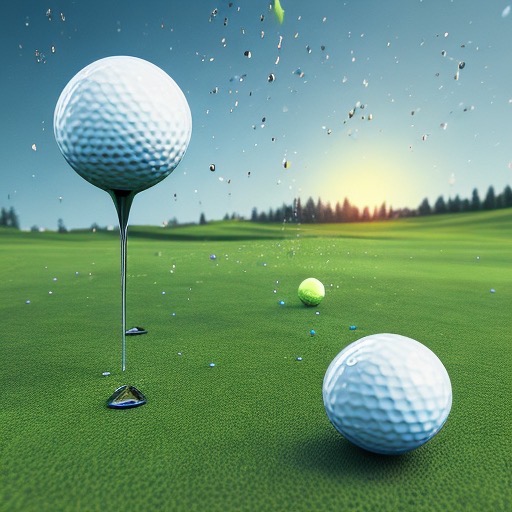
Are We Really Rolling Back The Ball
The USGA and R&A made an announcement regarding the golf-ball rollback, which will reduce driving distances on the PGA Tour by an estimated nine to 15 yards starting in 2028. The Overall Distance Standard (ODS) will be adjusted to 125 mph swing speed, equivalent to 183-mph ball speed, with a maximum distance of 317 yards. The launch angle will also change from 10 degrees to 11 degrees, and the spin rate will decrease from 2520 rpm to 2200 rpm.
The decision was based on research conducted among top PGA Tour players, showing that the fastest 10 players had an average ball speed of 186 mph, while the average ball speed of the fastest 25 was 183.4 mph. The USGA and R&A emphasized their responsibility to protect the game’s future and stated that doing nothing was not an option.
The reduction in driving distance will vary depending on individual players’ swing speeds. The game’s longest hitters are expected to see a reduction of 13-15 yards, while the average tour professional and elite male players will drive the ball nine to 11 yards less. LPGA players are expected to see a reduction of five to seven yards.
The new standard will be implemented for the recreational game in 2030, with an estimated impact of five yards or less per drive. More than 30% of currently conforming golf balls will still be conforming under the new standards.
It’s important to note that the announcement follows a three-year “Notice and Comment” period, during which feedback was gathered from equipment manufacturers, golf organizations, and other stakeholders. The initial proposal for a Model Local Rule that would have separated elite players from recreational players using different golf balls was met with resistance.
Some club companies, tours, and organizations within the golf industry have responded to the news, with differing opinions on the proposed changes. The PGA Tour expressed concerns about the disproportional increase in test club head speed to 125 mph and suggested a more moderate adjustment. They also highlighted the need to consider multiple factors, such as course set-up and design, to mitigate the effects of distance and promote a diverse skill set.
Individual players have also shared their opinions. Tiger Woods has been in favor of bifurcation, similar to the use of wood bats and metal bats in baseball. Rory McIlroy has expressed his desire for a dialing back of the ball, while some players, like Keegan Bradley, have criticized the decision, feeling penalized for mistakes made by the governing bodies.
In addition to the golf-ball rollback, the USGA and R&A announced plans to expand testing on “driver creep” and research the forgiveness of drivers with off-center hits. They aim to identify driver design features that can reward center impact position hits versus mis-hits.
Overall, the aim of the changes is to balance the game and protect its long-term future.
By Tim McAlvanah P.G.A. of America
